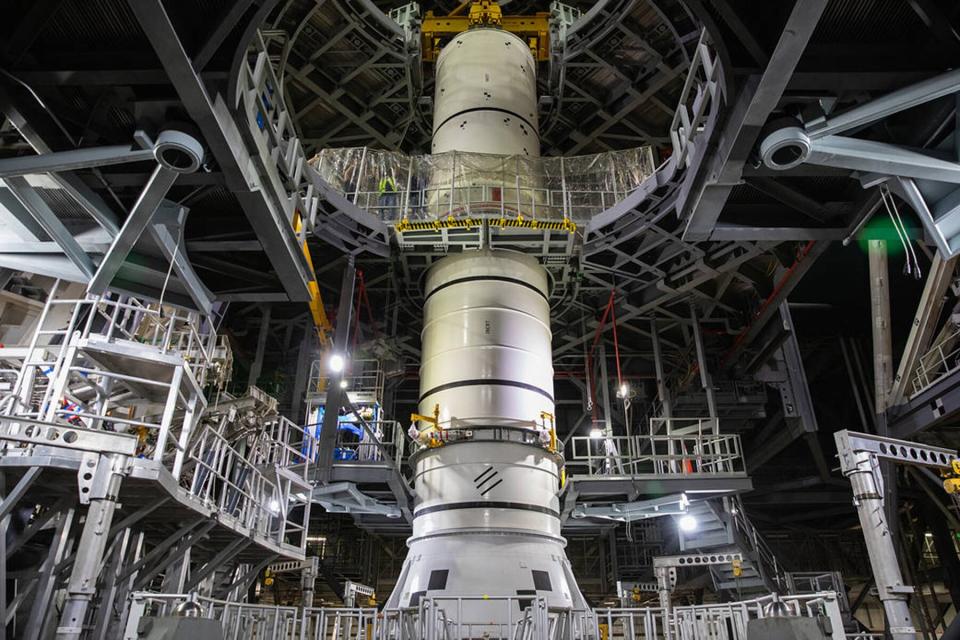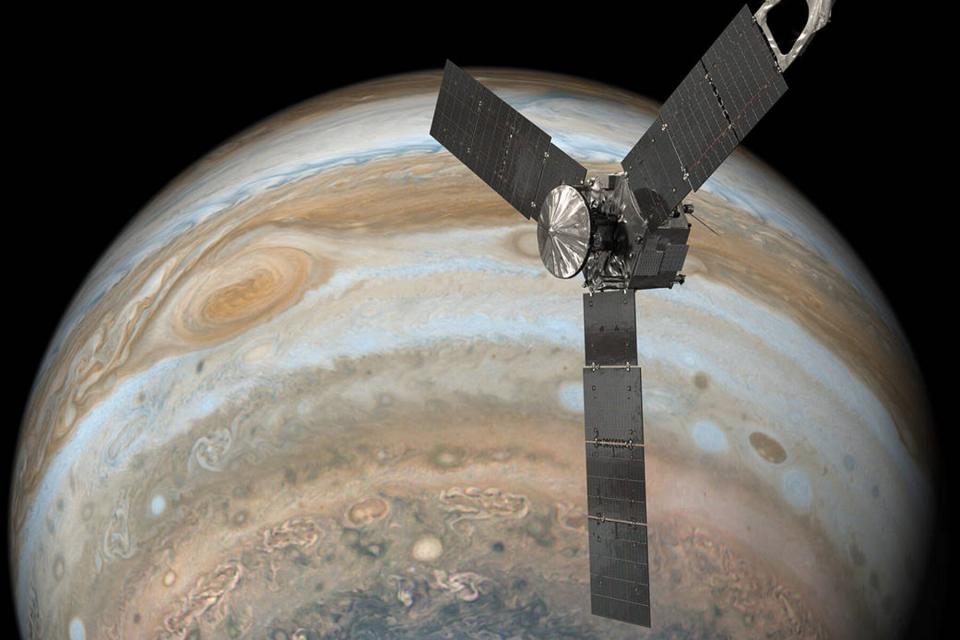2022 in Space Travel: What to Watch for This Year
There's no doubt that 2021 was a fantastic year in space, bookended by two major milestones: the landing of three rovers on Mars in Feb. 2021 and the successful launch of NASA's James Webb Space Telescope, the most powerful telescope in the universe, toward the end of the year. Now, 2022 is shaping up to be an exciting year, too. We'll not only see a handful of missions finally launch after months or years of delays (knock on wood), but also the crescendoing effects of missions launched in years past. Here are the seven space missions to add to your calendar this year.
SpaceX Starship Orbital Attempt
From late 2020 through mid-2021, SpaceX launched several test flights of its new reusable Starship rockets, eventually destined for the Moon and Mars. While some of the "hops," or up-and-down flights, ended in spectacular explosions, SpaceX did eventually stick the landing. Next up: an orbital flight attempt, in which the rocket will circle the Earth. While the company had hoped to fly in January or February, it's waiting on final approval from the Federal Aviation Administration, which is expected on Feb. 28. SpaceX will be ready to go as soon as it gets the green light, so if all goes to plan, you can expect a launch in March.
James Webb Space Telescope
Perhaps the most nerve-wracking launch of 2021, the James Webb Space Telescope (JWST) — the most powerful ever created, at a cost of $10 billion — left Earth aboard an Ariane 5 rocket on Christmas Day. Since then, it's successfully deployed its full structure, which had to be folded up like origami for launch — a monumental feat of engineering. It's currently making its way to its new home, a point called L2 about 930,000 miles away from Earth, where it'll start photographing the universe in extraordinary detail. We can expect the first images to arrive this summer.

Kim Shiflett/Courtesy of NASA
Artemis I
NASA's big return to the moon is the four-part Artemis mission, which will put the first woman on the lunar surface, supposedly by 2024. The first stage of the mission, Artemis I, will see the first flight of NASA's new Space Launch System (SLS) rocket, and the second flight of its Orion capsule. Though there won't be any astronauts on board, the capsule will spend three weeks orbiting the moon as a test flight to prepare for a crewed mission in a few years' time. Artemis I was supposed to launch last year, but a series of technical issues bumped back that date to 2022; as of right now, the mission is scheduled for March or April.
Boeing Starliner Orbital Flight Test-2
Like Artemis I and SLS, Boeing's Starliner capsule, designed to carry astronauts as part of NASA's Commercial Crew Program, has been plagued by delays. The capsule made its first orbital test flight in December 2019, but it failed to achieve its goal of docking at the International Space Station (ISS) due to software anomalies. Starliner Orbital Flight Test-2 (OFT-2), a repeat of the first test, was originally supposed to launch in August 2021, but a fuel valve malfunction shifted the date back until May 2022—if the engineers can solve the problem in time.

Aaron Foster/Getty Images
Axiom Mission 1
You might notice a timing trend here. Optimistically scheduled for late 2021, but delayed to early 2022, Axiom Mission 1 (Ax-1) will take four men to the ISS for an eight-day stay via a chartered SpaceX Crew Dragon. It'll be the first fully private mission to the ISS. Former NASA astronaut Michael López-Alegría will command a crew of three space tourists on the mission, which is the first for private spaceflight company Axiom Space. Axiom plans to take tourists to the ISS up to twice per year. Unlike many other missions with technical delays, Ax-1 is simply facing scheduling issues, as only so many people (and vehicles) can be at the ISS at once.
Double Asteroid Redirection Test
Yes, there are actually scores of people tasked with defending our planet from threats from outer space, just like in a sci-fi movie. But no, they're not worried about aliens — they're keeping an eye on Near-Earth objects (NEOs), or asteroids and comets. To that end, NASA launched the Double Asteroid Redirection Test (DART) mission in 2021, with the goal of crashing a probe into an asteroid to see if it would change the asteroid's trajectory. If successful, this method could be used to deflect a NEO on a collision course with Earth. The DART spacecraft is anticipated to impact the asteroid Dimorphos in late September or early October. Sadly, there will be no film crews there to capture the scene in IMAX.

Courtesy of NASA This illustration depicts NASA's Juno spacecraft soaring over Jupiter’s south pole.
Juno
Launched in 2011, NASA's Juno probe has been orbiting Jupiter since 2016. Last year, NASA made the decision to extend the mission through 2025, setting it up for a pretty exciting 2022. In February, Juno will make a "close" pass of Jupiter's moon Europa, coming within 29,000 miles of the icy body. But the real show happens in September, when Juno will come within a mind-bogglingly close distance of Europa's surface: just 221 miles. Hopefully, the probe will be able to shed some light on the composition of the moon; scientists believe there may be a liquid ocean on Europa beneath its icy crust, which means there's a chance for life to be discovered there.

